Buried Treasure: Lesser-Known Root Vegetables
These lesser-known root vegetables are delicious and easy to grow
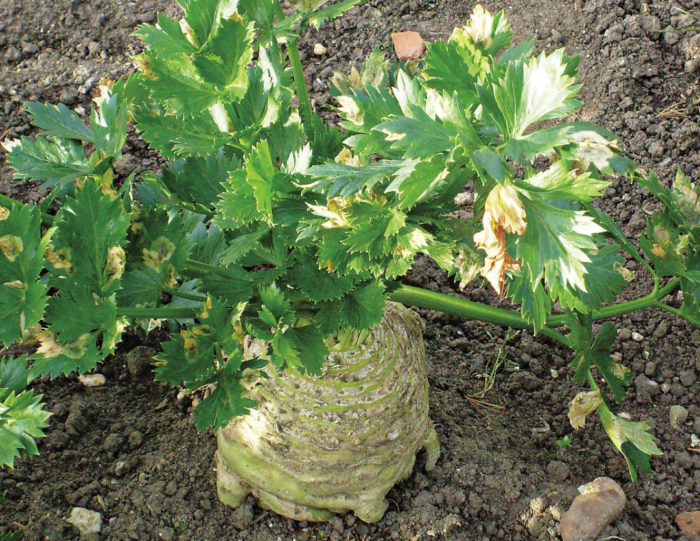
It’s easy to appreciate the fruits of our labor when they’re displayed so enticingly aboveground: chains of sun-warmed cherry tomatoes; clusters of tender snap beans in gold, green, or purple; and rosettes of deep green romaine ready for the salad bowl. Yet when the edible parts lurk belowground in the form of roots, tubers, rhizomes, and corms, appreciation only comes after a bit of digging. Most gardeners are familiar with traditional root crops, like carrots, beets, parsnips, and turnips, but these are just a small sampling of the diversity you’ll find underground. As gardeners seek to expand their palates and flex their gardening skills, it’s time to celebrate some of these less-familiar root crops.
Celeriac hides loads of crisp celery flavor under a gnarly exterior
Botanical name: Apium graveolens var. rapaceum
Also known as: Celery root
What it is and how to grow it: For the better part of a decade, celeriac has been a fall and winter staple in my family’s vegetable garden. It has the same flavor and aroma as celery, but it is grown for its large knobby roots, rather than its stems.
Celeriac takes 100 to 120 days to mature, depending on the variety and should be started indoors 10 to 12 weeks before the last spring frost. It also needs a sunny spot with fertile soil and a steady supply of moisture during the growing season. We begin harvesting celeriac in October and dig the last few roots from under a blanket of straw in March.
How to eat it: Add raw celeriac sticks to veggie trays, or grate it into salads. It’s also a flavorful celery substitute in soups, gratins, and stews or when steamed and mashed with potatoes.
Varieties: (1) ‘Diamant’ is a hybrid with large uniform brown roots that hide a creamy white interior; (2) ‘Brilliant’ produces 5-inch-diameter roots that are resistant to hollow heart (a condition that can cause voids to form in roots grown with inadequate moisture).
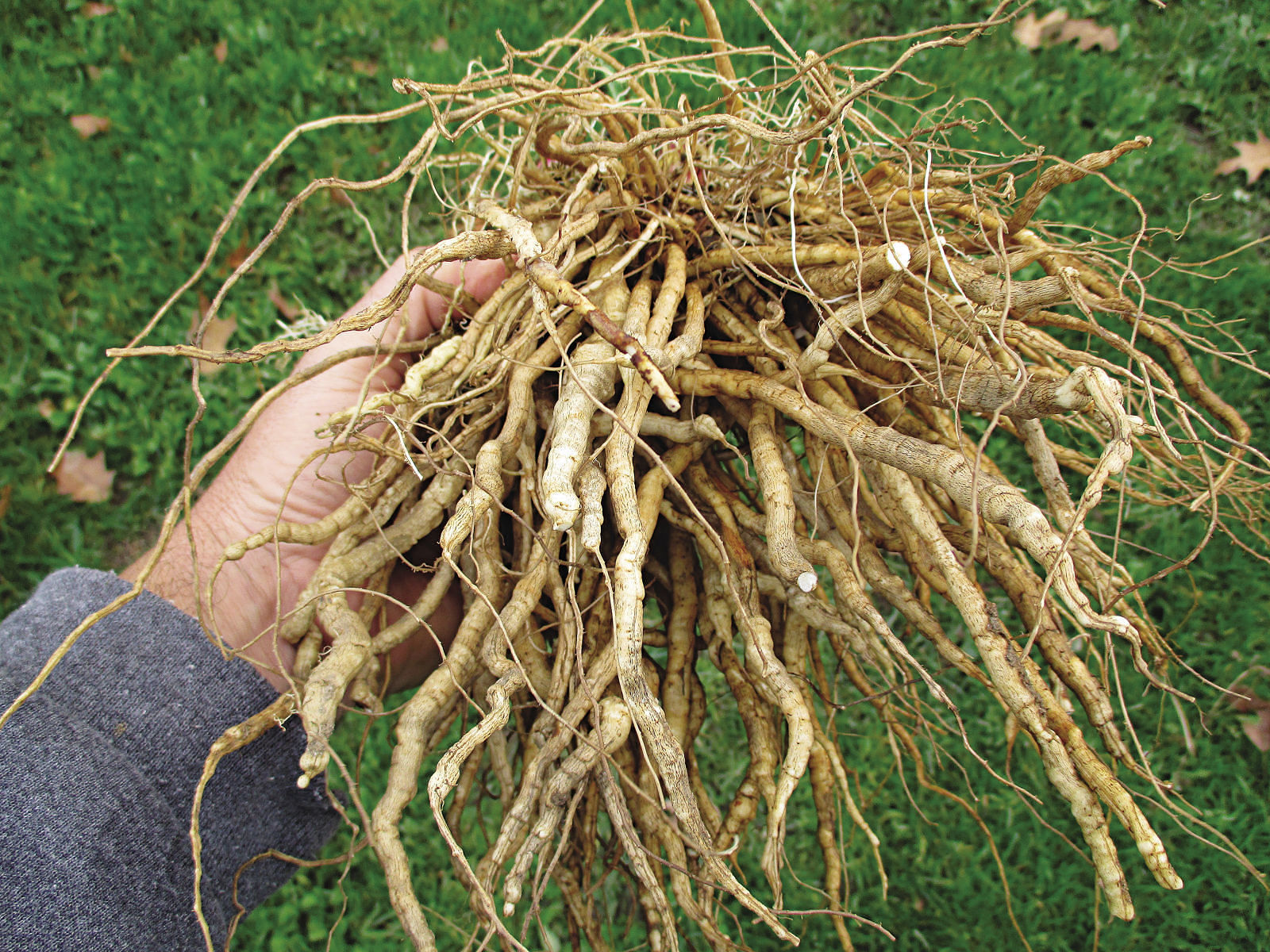
Skirret delivers a sweet crunch, season after season
Botanical name: Sium sisarum
Also known as: Sugar root, zukewurzel, crummock
What it is and how to grow it: Skirret is a member of the carrot family, but unlike its better-known cousin, it’s not a biennial and doesn’t have a single taproot. Skirret is a perennial vegetable, hardy to USDA Hardiness Zone 5, with long white roots that are formed in chubby clusters. Like carrots, the bumpy roots have a sweet flavor—hence, its common name of “sugar root.”
Skirret can be grown from seed or divisions taken from mature plants. If planting seed, direct-sow in early spring or indoors under grow lights about eight to 10 weeks before the last frost. Plants will grow 3 to 4 feet tall and should be spaced at least 12 to 18 inches apart.
The flowers, which resemble carrot blossoms, attract beneficial insects and pollinators, and the plant is seldom bothered by pests or diseases.
How to eat it: Eat it raw—try grating it in salads—or steam, bake, or roast the roots for a sweet treat.
The Dos and Don’ts of Root Vegetables
Root vegetables generally have similar growing requirements and prefer the cool seasons of spring and autumn.
Do: Provide a site with deep, loose soil free of rocks and stones, especially when growing long-rooted crops, like daikon.
Do: Amend your soil with well-rotted compost or manure. Avoid fresh manure, which can result in forked or hairy roots and increased weeds.
Do: Use root crops to extend the harvest. Many can be left in the ground in late autumn and mulched for winter harvesting.
Don’t: Neglect watering. To grow high-quality roots, you’ll need to provide a steady supply of moisture. Mulching with straw or shredded leaves will reduce the need to irrigate.
Don’t: Transplant root vegetables. Certain perennial root crops can be given a head start indoors, but annuals, like carrots and daikon, will fork if transplanted.
Don’t: Forget to thin. Overcrowding root crops results in plenty of small plants but few decent-size roots.
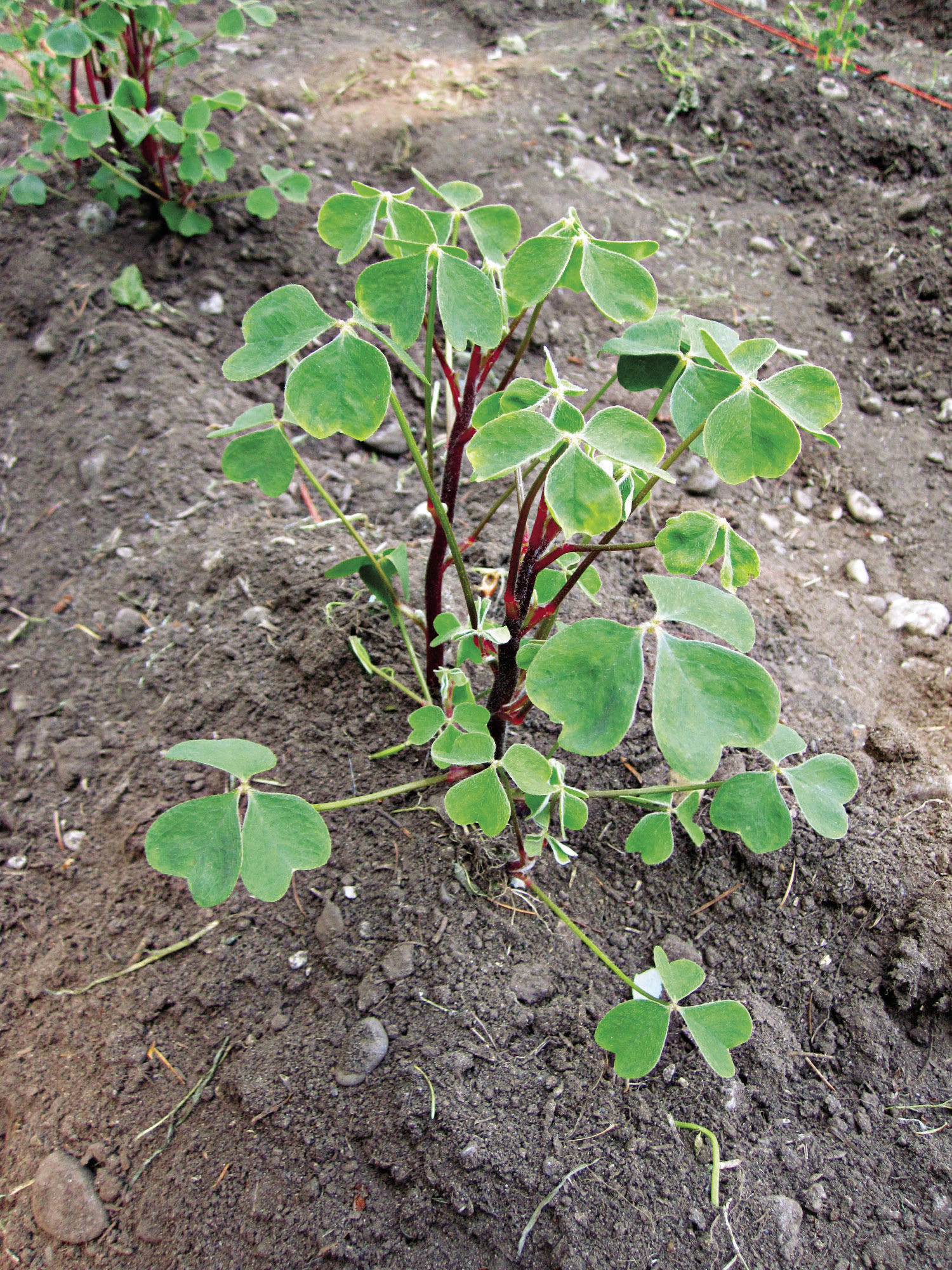
Oca is an ancient Andean heirloom with a fresh, tangy taste
Botanical name: Oxalis tuberosa
Also known as: New Zealand yam
What it is and how to grow it: Oca is a perennial vegetable that hails from South America and produces colorful waxy tubers. It has been an important food crop in that region for centuries, resulting in hundreds—if not thousands—of varieties in hues such as burgundy, pink, gold, yellow, and white.
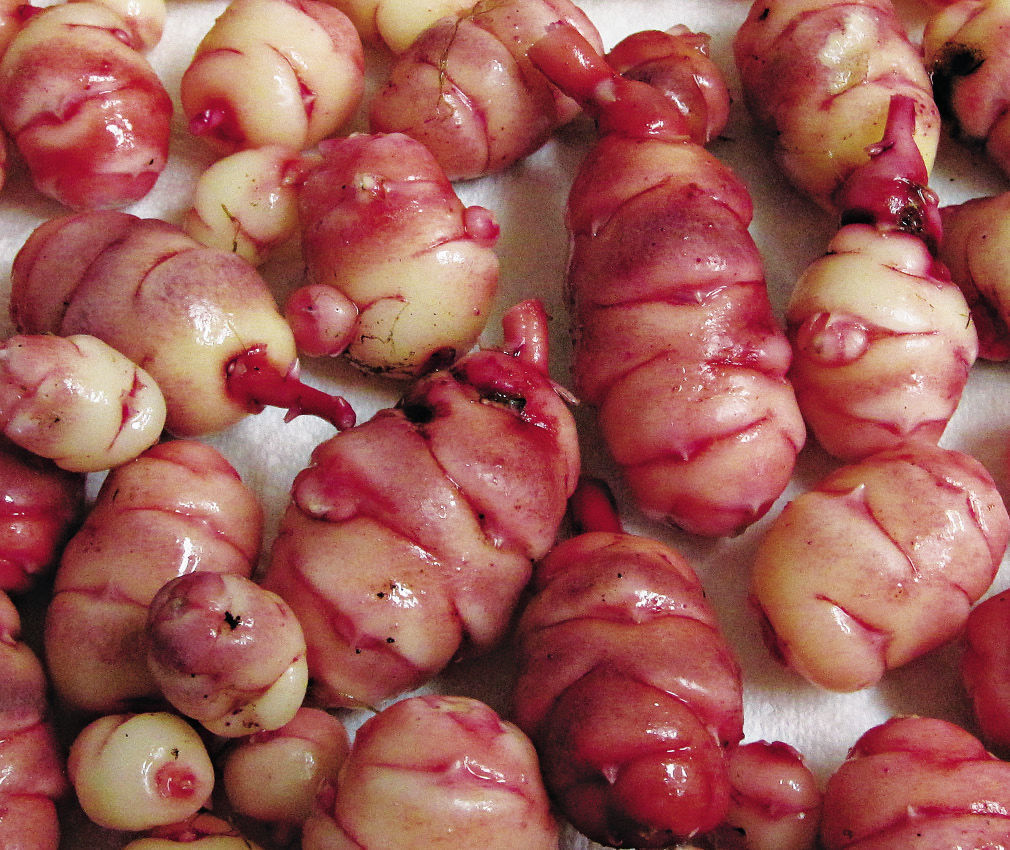 This nutrient-dense crop is best grown from tubers started indoors in pots about eight weeks before the last spring frost. Once the risk of frost has passed, the tubers can be moved into large containers or garden beds, but look for a spot with well-drained soil. As the plants grow, bury the stems that touch the ground to boost tuber production.
This nutrient-dense crop is best grown from tubers started indoors in pots about eight weeks before the last spring frost. Once the risk of frost has passed, the tubers can be moved into large containers or garden beds, but look for a spot with well-drained soil. As the plants grow, bury the stems that touch the ground to boost tuber production.
Oca is a day-length-sensitive plant and produces tubers when there are only fewer than 12 hours of light per day. Northern gardeners, therefore, will need to grow oca in a greenhouse or in a hoop tunnel that offers enough protection to prevent the foliage from freezing until the tubers are ready to dig up in late December.
How to eat it: The starchy tubers are usually cooked like potatoes and can be baked, boiled, roasted, or steamed. The flowers and leaves are also edible, adding a zippy tang to salads.
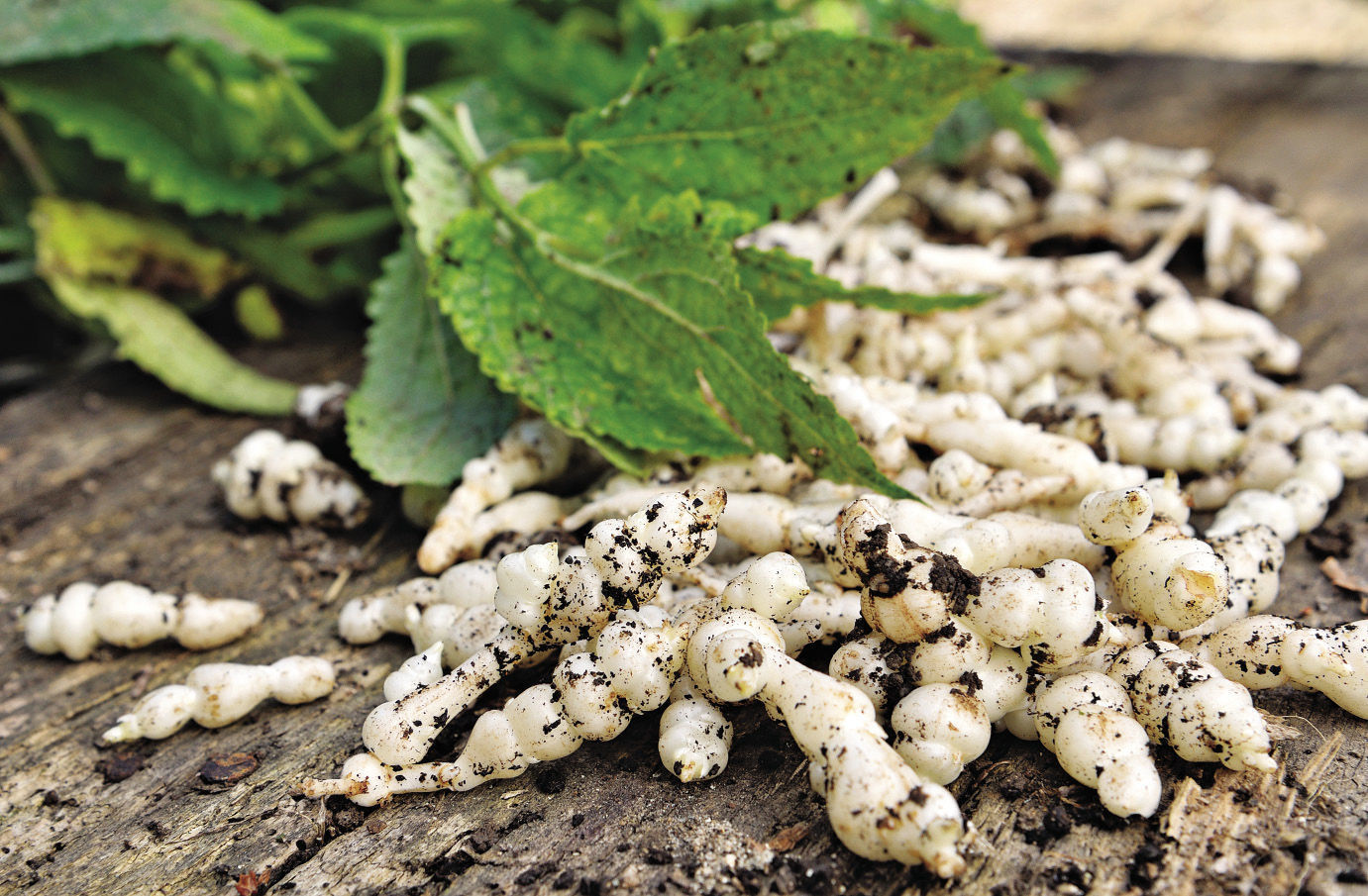
Chinese artichoke is a crunchy gourmet treat
Botanical name: Stachys affinis
Also known as: Crosnes (pronounced “crones”)
What is it and how to grow it: This unusual perennial vegetable is tasty, with a mild nutty flavor. The uniquely spiraled tubers grow up to 3 inches long.
The tubers should be planted 3 inches deep and a foot apart. In cool zones, give them a head start by planting them indoors in 6-inch-diameter pots in early spring. Chinese artichoke appreciates moisture; if your soil tends to be dry, add organic matter before planting and water regularly during the growing season. The plant can grow up to 18 inches tall with pretty purple flowers, but shearing the plants to about 6 inches tall in midsummer and preventing flowering will encourage tuber development. Like other members of the mint family, Chinese artichoke can spread aggressively; give it room to roam, or plant it in large containers.
Dig for tubers once frost has killed the plant. Without fail, you’ll miss a few tubers; when these sprout the following spring, they can be thinned to a foot apart.
How to eat it: Raw tubers are a juicy, crunchy treat, but they can also be cooked or pickled. An easy way to prepare the tubers is to blanch them in boiling water for two minutes, drain them, then sauté them in butter with a sprinkle of salt and pepper.
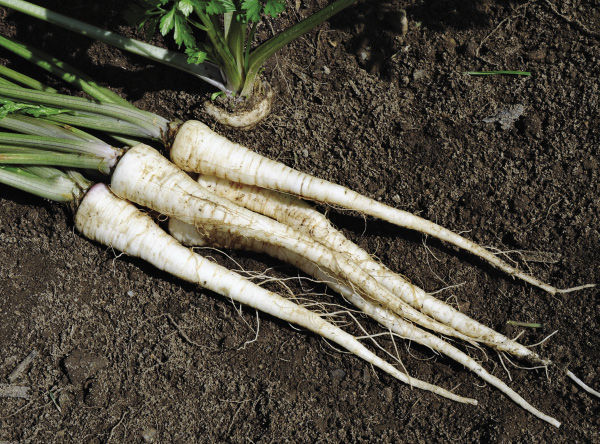
Parsley root offers fresh herbal flavor from both leaves and roots
Botanical name: Petroselinum crispum var. tuberosum
Also known as: Hamburg parsley
What is it and how to grow it: As a food gardener who is always trying to grow more in my limited space, I appreciate the dual harvest that I get from parsley roots. The long white roots, which resemble small parsnips in all but flavor, are the main crop, but the leafy tops also make an excellent parsley substitute in salads, soups, and other dishes.
No-space gardeners can sow the seeds in pots that are at least 10 inches deep, but I prefer to plant it directly in the garden in early spring. Space the seeds 1 inch apart, eventually thinning to 3 inches. As with most root crops, regular irrigation is key, along with a blanket of mulch to help conserve soil moisture. Roots will be ready to pull by late summer, but any left in the ground can be mulched and harvested in late autumn and throughout winter.
How to eat it: Raw parsley root is sweet and crisp, with the snappy fresh flavor of parsley. The roots can be cooked in soups and stews, or roasted with carrots and parsnips. And don’t forget to use the foliage of parsley root as you would leaf parsley.
Variety: ‘Arat’ is ready just 10 weeks after seeding; its fragrant, sweet roots will be about 6 to 8 inches long.
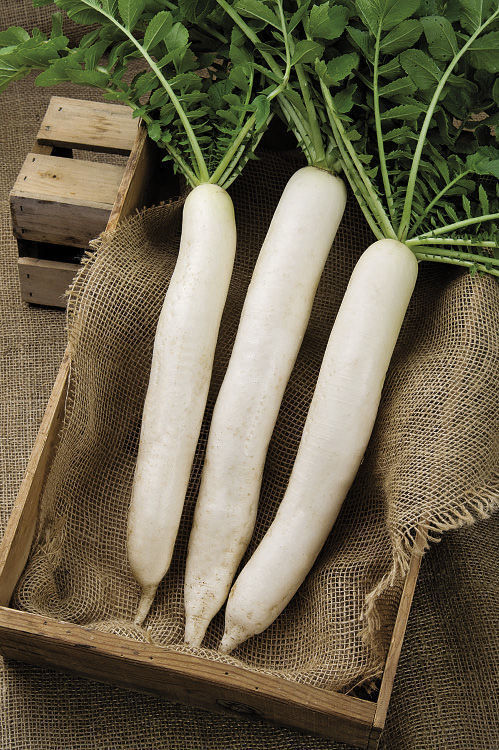
Daikon adds spicy zip to raw, pickled, and cooked dishes
Botanical name: Raphanus sativus
Also known as: Daikon radish, long white radish, mooli
What is it and how to grow it: Daikon is perhaps the hardest-working vegetable in the garden. Its long roots are used to loosen compacted soils and to draw nutrients from deep in the earth, while the foliage can serve as a trap crop to draw pesky flea beetles from other vegetables. Both the roots and leaves of daikon are edible, but it’s the roots, which can reach lengths greater than 18 inches, that is prized for the peppery kick they bring to raw, cooked, and pickled dishes.
I typically sow two crops of daikon each year, with the first planted in early spring, followed by the second seeding in midsummer. Amend the soil with compost, and sow seeds 2 inches apart, eventually thinning to 6 inches. The long-rooted varieties do best in raised beds with well-loosened soil. Gardeners with rocky or shallow soil will want to stick to compact varieties, like ‘Rocky’.
Unless you’re aiming for a world record, don’t allow daikon roots to overmature. Check the seed packet for days to maturity; to test for readiness, pull out a sample root about a week before the expected maturity date. Overly mature roots quickly lose quality and might be woody, bitter, or prone to splitting.
How to eat it: Daikon roots are an essential ingredient in kimchi, a Korean dish made out of fermented cabbage and daikon. The roots can also be eaten raw, baked, boiled, roasted, or stir-fried. Steam the greens as you would spinach or kale.
Varieties: (1) ‘Miyashige’, an easy-to-grow, fast-maturing plant, is my preferred variety for fall harvest. For the best quality, the green-shouldered roots should be harvested when they are about 1 foot long (50 to 65 days after planting). (2) ‘April Cross’ is a reliable, bolt-resistant selection that produces roots that are 1½ to 2 pounds.
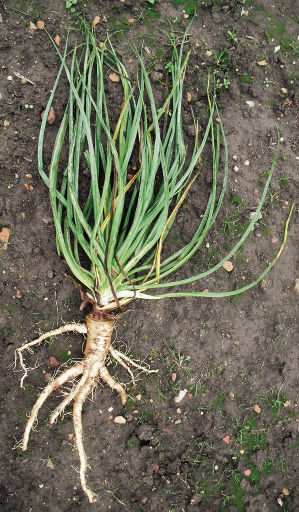
Salsify contributes satisfying savory flavor to cool-weather soups and stews
Botanical name: Tragopogon porrifolius
Also known as: Oyster plant, vegetable oyster, white salsify
What is it and how to grow it: Salsify is a biennial plant with narrow, grassy foliage and pretty purple blooms, but it is the treasure tucked beneath the earth that makes this an excellent addition to a vegetable garden. The roots of this old-world crop have beige skin and white flesh and, at first, glance, might not look all that appealing. But once steamed and sautéed in butter, you’ll be blown away by its mild flavor, which resembles that of artichoke.
At about 120 days, the growing season of salsify is long, but if the seed is sown in mid-spring, the roots will be ready to pull by autumn. Plant in shallow drills, allowing several seeds per inch. Thin to 3 inches apart once seedlings are established.
As spring turns to summer, water weekly if there has been no rain. Salsify grown with too little water will be tough and fibrous. Begin harvesting after a few autumn touches of frost, which further improves the flavor of the roots. Mulched crops can be harvested in winter.
How to eat it: Salsify is best when cooked. It can be added to soups, chowders, and stews, or steamed and mashed with potatoes and parsnips. If roots are left to overwinter and flower in their second year, you can pick the edible flower buds and blossoms for salads.
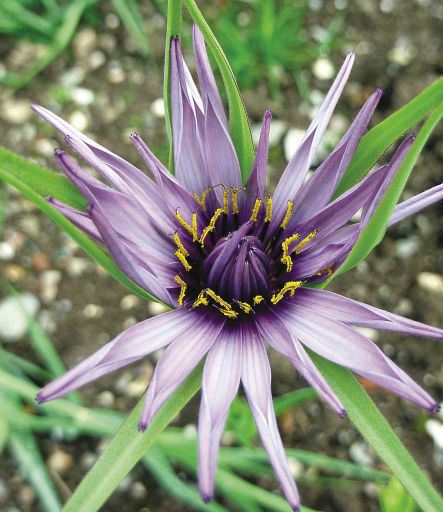
Variety: ‘Mammoth Sandwich Island’, widely available in seed catalogs, is a reliable variety that produces 8- to 10-inch-long, tapered roots that are about 1 inch wide at the shoulder.
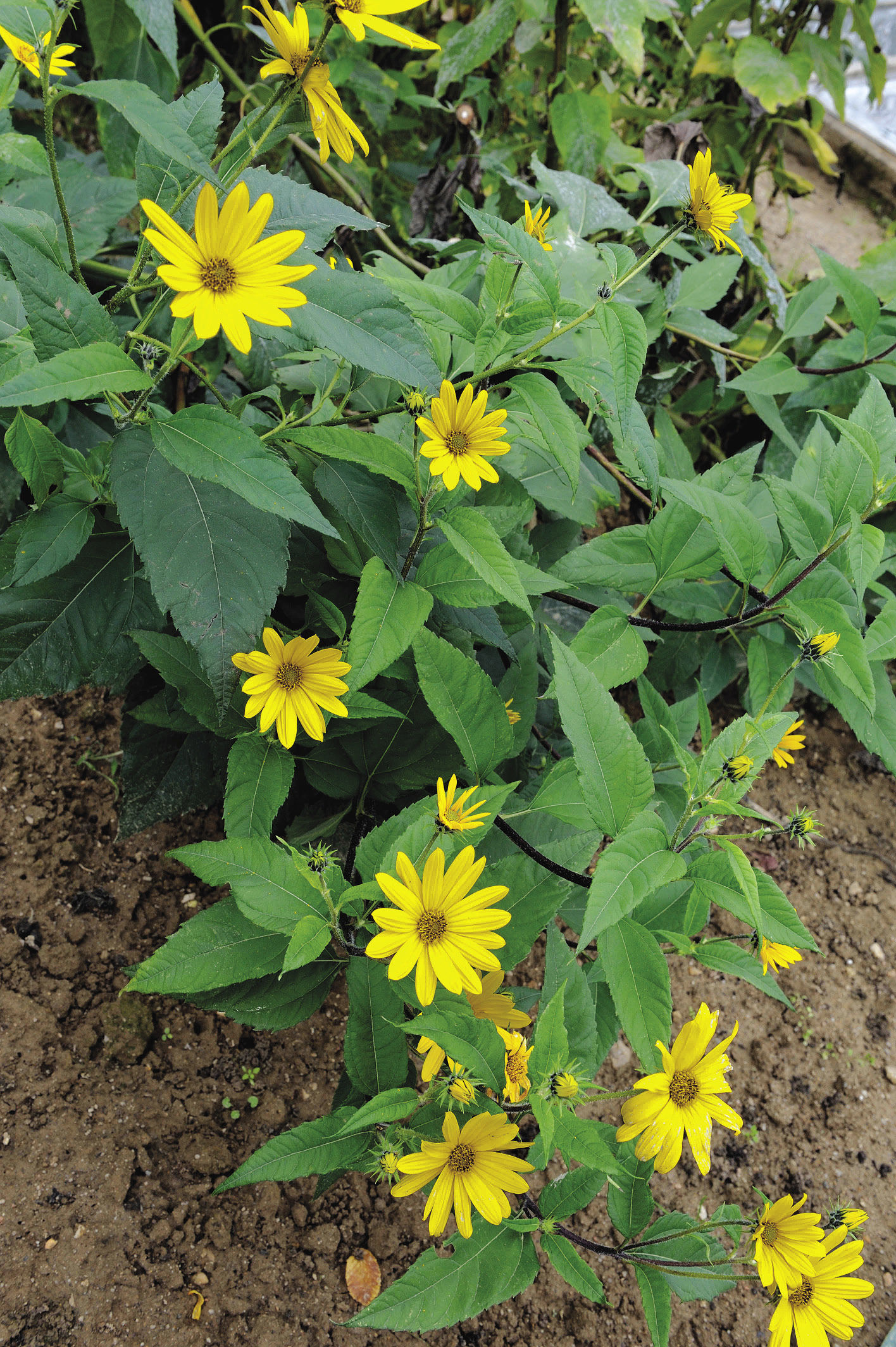
Jerusalem artichoke is a North American native with sunny flowers and crunchy tubers
Botanical name: Helianthus tuberosus
Also known as: Sunchoke
What is it and how to grow it: Jerusalem artichoke walks a fine line between “enthusiastic” and “aggressive.” But when it’s settled in the right spot, the low-maintenance plant will yield a heavy annual crop of delicious tubers, which hint at the flavor of water chestnuts and artichokes. In full sun, this plant can reach heights of 10 feet and will be topped by pollinator-pleasing yellow blooms in late summer.
Depending on the variety, the tubers might be tan, red, yellow, white, or even pinkish. They will also vary in size and shape, but will generally grow to 2 to 3½ inches long with funny knobby bumps. As the flowers fade, deadheading will prevent reseeding and direct the plants’ energy into tuber production. The harvest begins a few weeks after the fall hard frost, which improves the flavor of the tubers. Any missed tubers will resprout the following spring, ensuring a permanent crop.
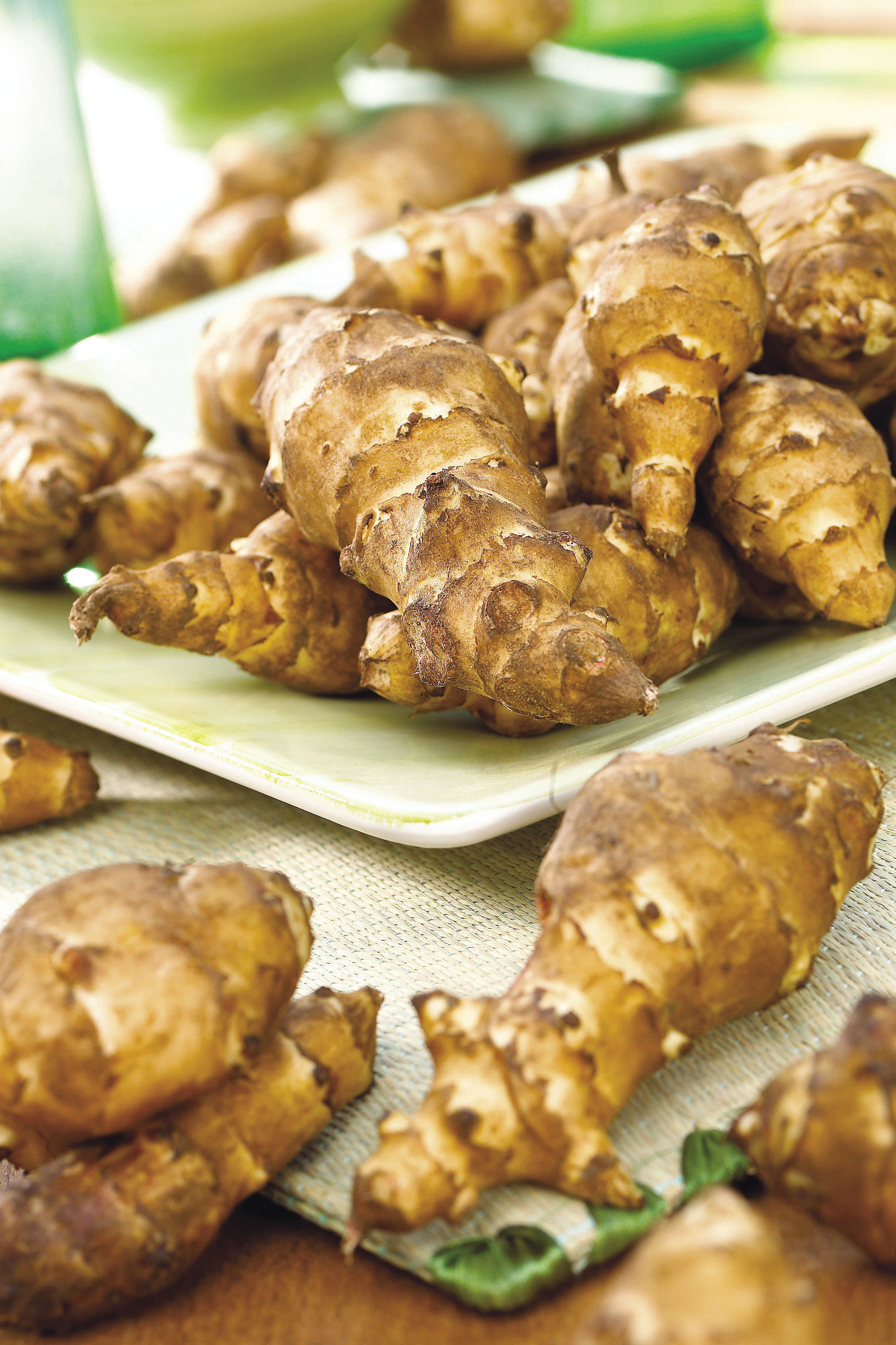
How to eat it: Jerusalem artichoke has a reputation for causing (ahem) flatulence, especially when eaten raw. Cooking the tubers will reduce the effect on sensitive digestive systems. Treat them like potatoes: bake, roast, boil or fry them.
Varieties: (1) ‘Clearwater’ is an early-maturing variety with soft tan skin and white flesh; (2) ‘Stampede’, with yellow skin and white flesh, has fewer knobs than other varieties and is easier to clean and peel.
—Niki Jabbour is an avid vegetable gardener, a radio host, and the author of Groundbreaking Food Gardens: 73 Plans That Will Change the Way You Grow Your Garden. She lives near Halifax, Nova Scotia.
Sources
The following mail-order companies offer many of the varieties featured:
Cultivariable, Moclips, Wash.; 360-830-6375; cultivariable.com
Johnny’s Selected Seeds, Winslow, Maine; 877-564-6697; johnnyseeds.com
J. W. Jung Seed Co., Randolph, Wis.; 800-297-3123; jungseed.com
Norton Naturals, 482 Adair Rd., Tamworth, ON K0K 3G0; nortonnaturals.com
Fine Gardening Recommended Products

DeWit Spork with Solid Socket
Fine Gardening receives a commission for items purchased through links on this site, including Amazon Associates and other affiliate advertising programs.

Chapin International 10509 Upside-Down Trigger Sprayer
Fine Gardening receives a commission for items purchased through links on this site, including Amazon Associates and other affiliate advertising programs.

A.M. Leonard Deluxe Soil Knife & Leather Sheath Combo
Fine Gardening receives a commission for items purchased through links on this site, including Amazon Associates and other affiliate advertising programs.







Comments
Log in or create an account to post a comment.
Sign up Log in